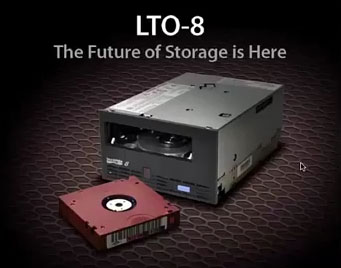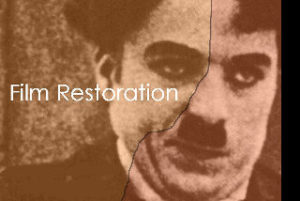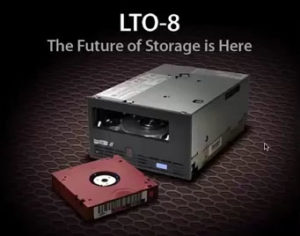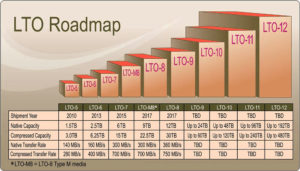
LTO : Most reliable data backup solution
Sep 20 2018
Film preservation is the most neglected term and practice in India, especially in South Indian Cinema, Legendary BaluMahendra always voiced his opinion for a future proof solution for preserving films made.

With Motion picture as print medium still we are able to access nearly hundred years old films made and also can be restored to the original form.
Now biggest challenge ahead is the preservation of the films made and exhibited digitally. After theatrical release the movies made lies in the form of video data in HARD DISC DRIVES.
These days data recovery has become a day to day activity in film industry because of the reliability of Hard discs where images stored get easily corrupted by minor hiccups.
Though new technologies in manufacturers of Hard disc drives have improved design quality to combat shock and weather proof has only helped to get data’s stored for regular shooting basis…still these are not much reliable for preserving data or films for longer years of time.
LTO should be the ideal solution for storing our films and any data for very longer time as it is based on Tape.

As opposed to video tape, LINEAR TAPE OPEN is a standard for magnetic data tape.
Studies show that 80-90% of the data we create is never accessed again, But when there is a need for accessing the content there comes a shock…the data stored in the hard disc for longer period of time either gets corrupted or the only few folders get to open.
LTO tapes got introduced in the year 2000 with version 1 and now new version with #8 has lots of advantages and reliability.
Linear Tape Open (LTO) Ultrium is a high-capacity, single-reel tape storage solution developed and continually enhanced by Hewlett Packard Enterprise, IBM and Quantum and promoted by the LTO Program. It’s a powerful, scalable and adaptable tape format that helps address the growing demands of data protection. It’s also an open format
First introduced in 2000, LTO technology is currently in its 8th generation. LTO-8 specifications support tape cartridge storage compressed capacity of up to 30 TB, twice that compressed capacity over the previous generation, and tape drive data transfer rates of up to 750MB* per second for over 2.7 terabytes of storage performance an hour per drive.
- Shell life as per company termed as long as 30 years.
- At an average cost of Rs 1/GB, tape storage is the most affordable option for storing massive amounts of data.
- tape drives use less power and generate less heat than disk drives, resulting in energy costs that are 1/15th that of disk.
- The error rate of tape technology is superior to that of disk; in addition, tape is immune to some of the pitfalls that disk is subject to (e.g., viruses), providing more reliable access to all of the data companies are storing long-term.
- The physics of tape technology enable companies to extend its storage capacities far beyond what the physics of disk technologies will allow.
In 2011, Google made headlines when it had to use tape to restore the email boxes of 40,000 users. So it is always advisable for film makers and producers after post processing or Mastering their films it should be mandatory to transfer their film data’s to LTO tapes for preserving films for very longer period of time.
Several Terra bytes of footage in several discs can be transferred into one single LTO Tape is another high point.

Movies are not only a form of entertainment it is a visual document of time we live for next generation to know the place,life and period of time.
CJ Rajkumar
Author/Cinematographer
